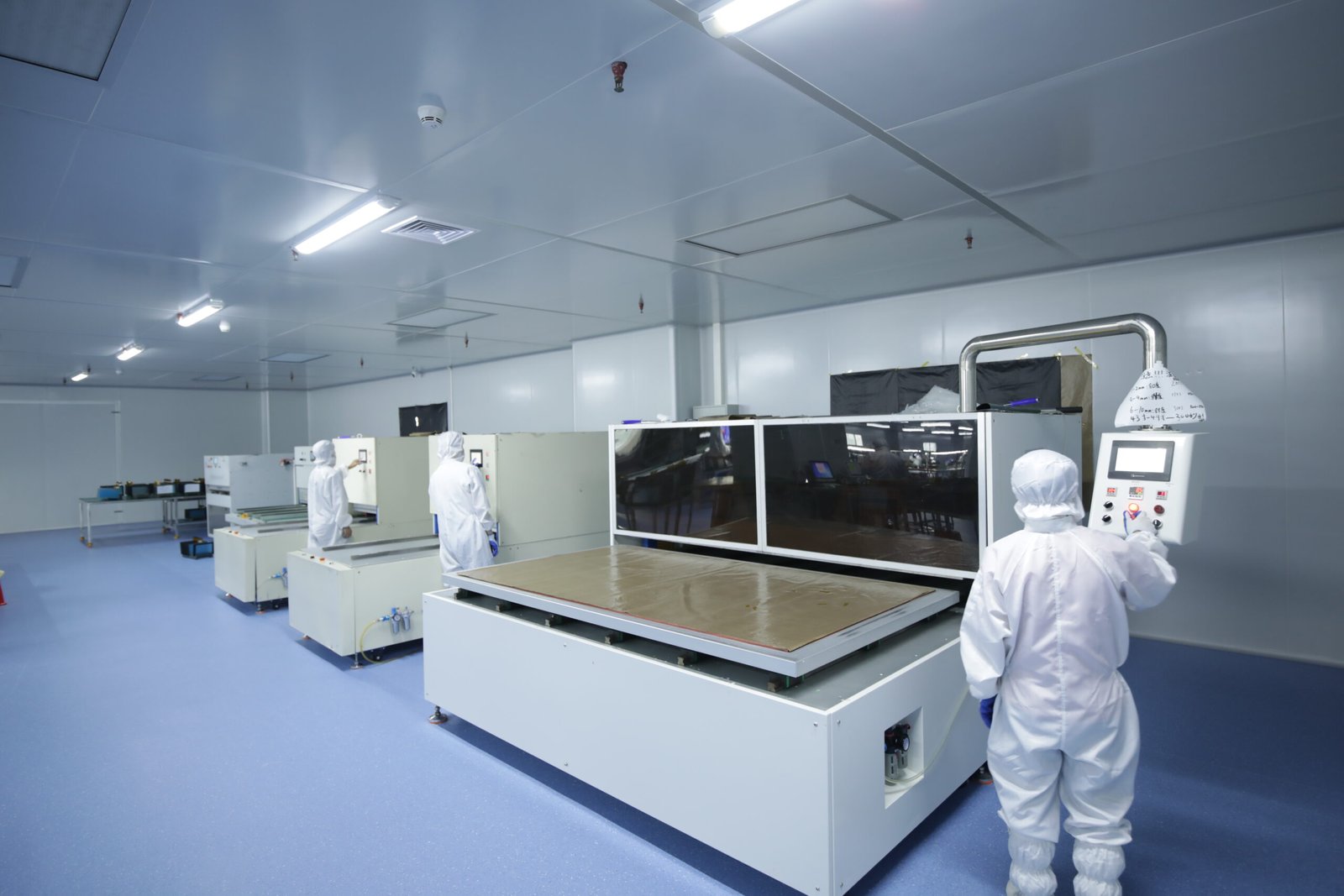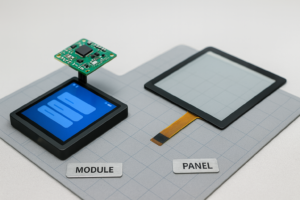Capacitive and resistive touchscreens are two popular touch technologies, each with distinct advantages in terms of touch sensitivity, precision, and environmental adaptability. Understanding the differences between capacitive and resistive touch screens is crucial for selecting the right touchscreen solution for your specific needs, whether in industrial applications, medical devices, or consumer electronics.
1. Touch Sensitivity: Capacitive vs. Resistive Touch Screens
Capacitive Touchscreens: These screens use the electrical conductivity of the human body to detect touch, making them highly sensitive. Capacitive screens support multi-touch gestures and offer a smooth, responsive user experience, ideal for devices such as smartphones, tablets, and other consumer electronics requiring fast response times. Capacitive touch screens are prevalent in the market today.
Resistive Touchscreens: In contrast, resistive screens rely on pressure to register input. These screens require a certain amount of force to detect touch, making them ideal for environments where users need to interact with the screen using gloves or a stylus. Though less sensitive than capacitive screens, resistive touchscreens are reliable in industrial or medical environments where precision is important. Many industries prefer resistive touch screens for their robustness.
2. Precision: Capacitive vs. Resistive Touch Technology
Capacitive Touchscreens: While capacitive screens provide excellent touch response, they may not be as precise when it comes to detailed input. These screens work well for general interactions but may not be suitable for highly precise tasks that require fine control, often leading users to consider resistive touch screens for more accuracy.
Resistive Touchscreens: Known for their superior precision, resistive screens excel in situations where detailed input is required. They are often used in industrial applications, medical devices, or point-of-sale systems where accuracy is critical.
3. Environmental Adaptability: Capacitive and Resistive Touchscreen Durability
Capacitive Touchscreens: Capacitive screens are more sensitive to environmental conditions such as extreme temperatures and humidity. While they perform well in controlled environments, their environmental adaptability can be limited in rugged or outdoor settings. Hence, choosing the appropriate touch screens becomes essential depending on the environment.
Resistive Touchscreens: Resistive screens offer better environmental adaptability and durability. They are more resistant to dirt, water, and other contaminants, making them suitable for harsh conditions like those found in factories, outdoor kiosks, and medical equipment.
4. Choosing the Right Touchscreen for Your Application
When selecting between capacitive and resistive touchscreens, consider the following:
For high sensitivity and multi-touch capabilities, choose capacitive screens for devices like smartphones, tablets, and consumer electronics. Many users find capacitive touch screens more engaging for such devices.
For precision and adaptability in harsh environments, opt for resistive touchscreens, particularly for industrial, medical, and outdoor applications where accuracy and durability are key.
If you’re looking for high-quality touchscreens tailored to your specific needs, Dongguan Ever Glory Photoelectric Co., Ltd. offers a range of industrial-grade touch display solutions. For more information on our products and services, or to place an order, please visit our Alibaba store. Their extensive collection of touch screens ensures that there is something for everyone.
.png)



